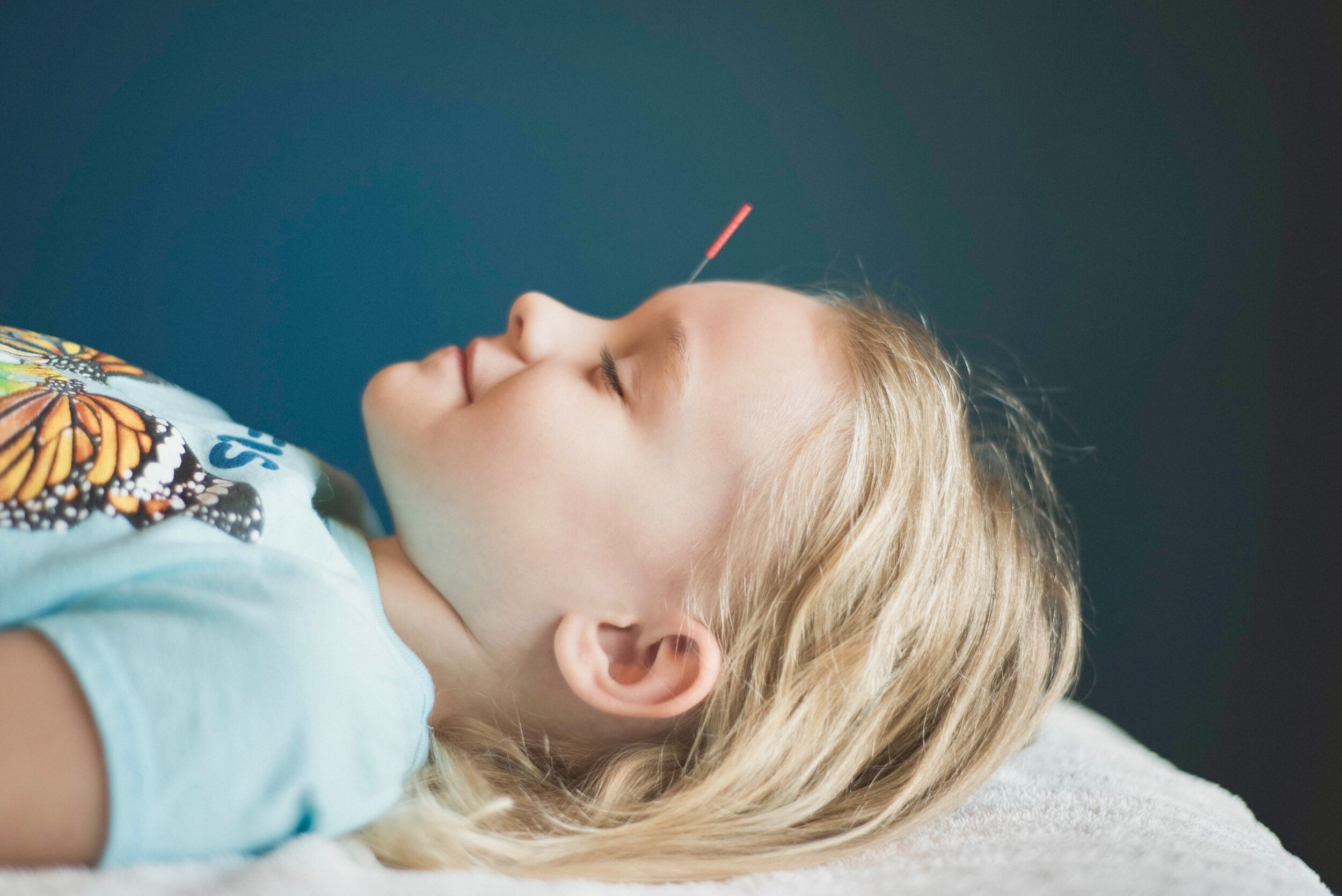What is Acupuncture?

Photo by Willow Three Photography, Property of Phoenix Rising Acupuncture
Perhaps you may have noticed an acupuncture clinic pop up in your neighborhood, or you’ve become aware of the publicity acupuncture is receiving in mainstream media. If you’ve tuned into The Dr. Oz Show on television, there is a good chance you have heard some buzz about acupuncture, and the health benefits it has to offer. Here is some information on this ancient healing therapy.
-
Acupuncture is a stand-alone medical system that also works incredibly well in conjunction with other integrative healing systems, including western medicine.
-
Invariably, the first thing anyone wants to know is “does it work?”, followed by “does it hurt?”. Does it work? Absolutely. At a bare minimum, it can help control symptoms of virtually any illness. Does acupuncture hurt? Stubbing your toe hurts. Hangnails hurt. Generally, acupuncture should not hurt; it is rare to find an acupuncturist who uses the motto “no pain, no gain”. An acupuncture needle, which is the diameter of a strand of hair, provides a sensation much different from the hypodermic needles many of us have grown accustomed to fearing at the doctor’s office. Typical sensations reported from acupuncture include a feeling of “heaviness”, “warmth”, or “tingling”; surprisingly, most people experience a welcomed state of relaxation during their treatment.
-
Acupuncture, although arguably the most recognized aspect of Traditional Chinese Medicine (or “TCM”), is just one of the facets at the practitioner’s disposal. Chinese herbs, dietary therapy, Qi gong, cupping, moxibustion, gua sha, and tui na are some of the various tools a TCM practitioner may use to treat any given ailment.
-
The first written records of Traditional Chinese Medicine date back over 2,000 years, although acupuncture has been in use for over 5,000 years. The most commonly used textbook continues to be as relevant today as when it was compiled over 2,000 years ago. While times have changed, and there have been updates and information added, the basics of the human body remain the same; it is viewed as a microcosm of nature.
-
Most modern medical therapies typically treat acute symptoms of an illness, while TCM identifies and targets the underlying cause of a disease, treating both the acute symptoms and the root cause simultaneously. A TCM practitioner generally doesn’t use modern diagnostic methods, such as blood work to diagnose a patient. Finely tuned methods of observation such as tongue and pulse diagnosis give surprisingly accurate and vital information.
-
Not all acupuncturists are created equal. “Certified acupuncturists” or “acupuncture specialists”, including some medical doctors, chiropractors, and physical therapists, typically receive only 300 hours – or less – of acupuncture education. Licensed Acupuncturists have completed a four-year Master’s Degree in Oriental Medicine from a nationally accredited college of acupuncture. Training includes over 2,000 hours of TCM specific education, with an extensive biomedicine portion, in addition to 1 – 2 years of supervised clinical experience. It is important to understand the difference in order to ensure maximum safety and effectiveness of acupuncture treatments. The key is to look for “L. Ac.,” which stands for “Licensed Acupuncturist”. Licensed Acupuncturists must successfully pass several national board exams as well as fulfill state and local requirements. Don’t be afraid to ask a practitioner for their credentials; it is crucial that you feel confident in your provider’s qualifications and skill level.
-
Acupuncture is a safe therapy, especially when given by an appropriately trained provider. Sterilized, pre-packaged, single-insertion needles are used. Needles should never be re-used in the United States. Ever. The most common side effects reported are occasional bruising and “unusual” feeling at the site of needle insertion.
-
One of the most powerful aspects of TCM is that it is highly individualized and specific to any given patient’s condition at different points in time. For example, if twenty people report the same chief complaint of “headache”, then it is likely that each person will receive a different treatment, with acupuncture points and herbal prescriptions distinctively modified according to their unique constitution and manifestation. There is no “one size fits all”; it is a dynamic and fluid medical treatment that adapts beautifully to changing conditions.
Chinese Herb Spotlight: With the pollen count creeping up and peak allergy season around the corner, a Chinese herb to consider is Huang Qi, or Astragalus, as it is commonly known. It is an herb in the “Tonify Qi” category. In addition to its energy and immune system boosting effects, it also helps reduce edema, helps reduce spontaneous or night sweating, and helps lift prolapsed organs.
*This column was first published in Volume 22, Issue 1, April 2014 edition of Indigo Sun.
✦
✦
© 2023 Phoenix Rising Integrative Medicine | Branding by Mighty Within, Web Design by Cara Collins Design